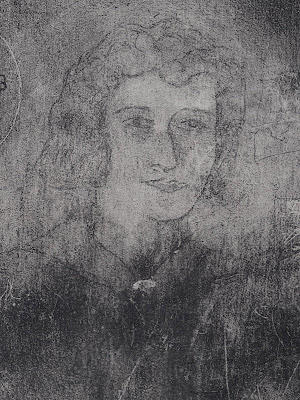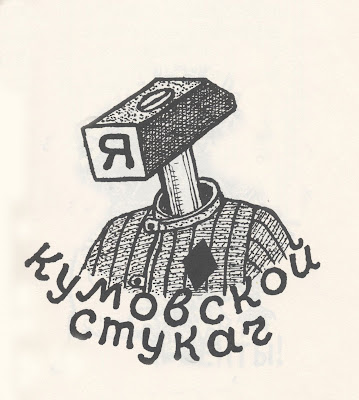KENT WILLIAMS
I love these powerful pictures by Kent Williams, one of my favorite artists working in graphic novels today. These kinds of images have their roots all the way back in the urschleim. Williams is also a magazine illustrator, a gallery painter and an art teacher. He teaches contemporary figurative painting in Pasadena, California. Some of his pictures are more successful than others, but Williams is one of the very few sequential artists who I think makes effective use of the technical tools and creative choices now offered by graphic novels. For example, the following panel from the graphic novel Tell Me Dark displays far more nuanced color and shading than was possible in previous generations of comic books. As another example, Williams used a kneaded eraser to mold a figure by lifting highlights from a background of vine charcoal. This delicate technique was not possible with the printing technology for earlier comic books. The golden age of illustration began in the late 19th centu...








